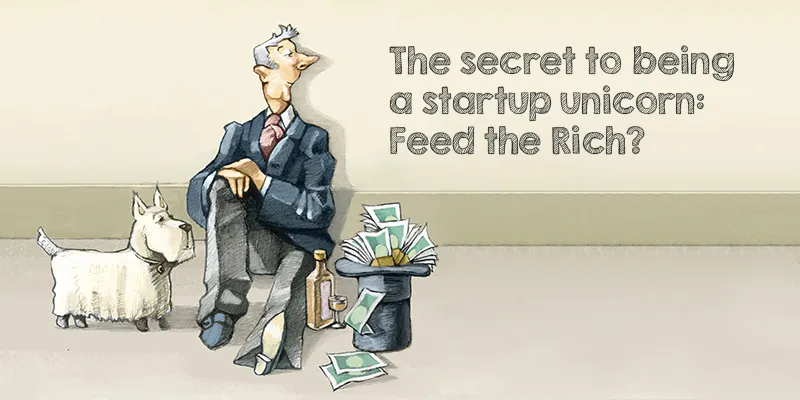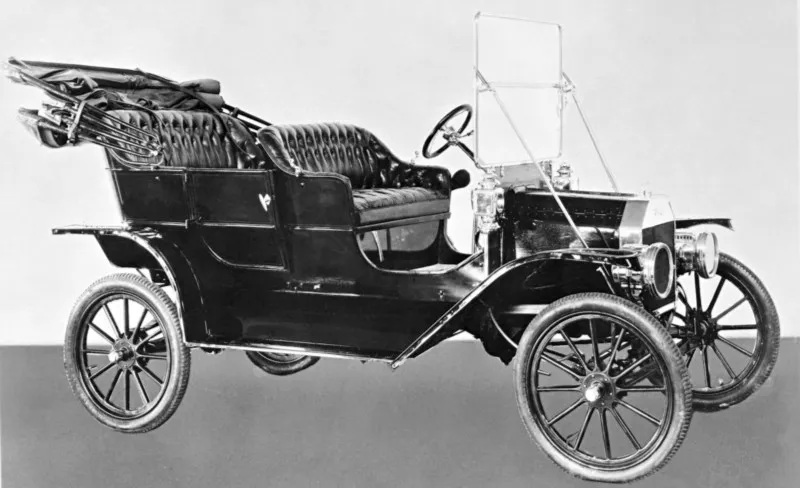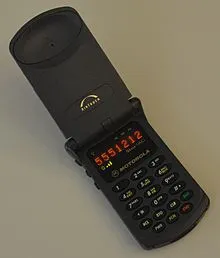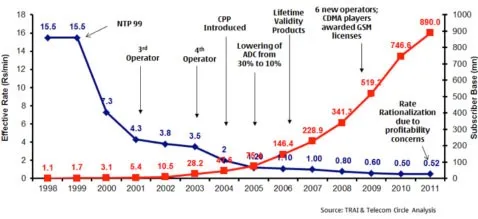Why going after ‘top of the pyramid’ may help your startup capture the ‘entire pyramid'
An overwhelming majority of the firms we evaluate at Kae Capital (I would imagine the same is also true for almost every other sector-agnostic VC) are built around business models made for the urban middle class. There is of course a valid reason for this trend. The urban middle class in India represents a large market that is growing rapidly. If you want proof of this, just read your newspaper, or the last market assessment report by a consulting firm; or you could just go out for a drive this evening. We look at a large market as a prerequisite for an investment, much in the same way Marc Andreessen does and an opportunity made for a large customer base fits the bill perfectly.

Image credit: Shutterstock
However, over the last couple of months, I have been seeing a disproportionate number of firms offering products and services that appear to be tailored specifically for affluent consumers (Time will reveal whether this is just coincidence or whether it has a more profound meaning). Some of these entrepreneurs have even asked me if I thought the market was large enough for their offering. Perhaps the most obvious case study for a firm that has created a large market through premium pricing is Apple.
However, instead of resorting to the standard pattern recognition method to answer the market size question, I decided to take a look at what history has to say about business models that feed the rich.
It turns out that some of the most groundbreaking innovations, the kinds that have dominated consumer mind share across generations, began as quaint novelties that only the rich could afford.
1 ) The Automobile
As the inventor of the first car with an internal combustion engine in 1885, Karl Benz finally provided a vehicle that could do away with the horse, by far the most popular means of urban transportation since ~2500 BC.
This gave him the first mover’s advantage in a virgin market, making Benz the world’s leading car maker at the start of the 20th century. But how big was this market? To put things into perspective, the Benz Viktoria, one of the first cars introduced by Benz, sold just 45 units.
Why?
I would reckon the fact that it was priced at GBP 9,000 in 1893 (The equivalent of over GBP 50,000 today) didn’t help. The price point clearly made it accessible only to the wealthiest of the 19th Century. So restrictive was Benz’s pricing that even when it introduced the Benz Velo, widely recognised as the world’s first series production automobile, at half the price of the Benz Viktoria, it sold only 500 units between 1894 and 1896.
All that changed when this beauty was unveiled to the world:

The Ford Model T 1908 made the car accessible to the common man, starting at a price of $850 in 1908 and going all the way down to $260 in 1925. Henry Ford sounds almost Don Corleone-like while promoting this breakthrough vehicle:
This car will be so low in price that no man making a good salary will be unable to own one.
Along the way, Ford pioneered the assembly line and welfare capitalism, now considered staples of the modern economy, and priceless contributions in terms of how much they have improved industrial productivity.
Cars went from being a rich man’s horse to an omnipresent necessity for all income groups in society. In the process, Henry Ford became one of the richest people in history.
Everyone ended up a winner by freeing the horse.
2) The Internet
While I wasn’t around to see the world switch from Benz to Ford and then to Toyota and Volkswagen, I did see what the Internet was like in the 1990s.
It was cool to be an Internet user in India in 1998. You could stand out in your gang by asking your friends to send you an email on your Hotmail account. You could provide search results from Alta Vista, Excite, Lycos etc., as supporting material for your school project and everyone would look at you like you had stepped out from a time machine. You could also watch stuff.
It was so cool to be a kid familiar with the Internet in the ’90s that ‘surfing the Internet’ was a legitimate hobby that made you undisputedly intelligent and tech-savvy!
But why was the Internet so exclusive in India back then? VSNL’s rate chart from 1995 reveals so much:

If you were using a VSNL dial-up connection at home in 1995, you were allowed “a total of 250 hours to use up in a year”, at the price of Rs.60/hr, for a 9.6 kbps connection. This does not even include the additional phone charges you were paying since the dial-up connection hogged your telephone line, which also meant you missed out on calls. Also, your humble landline wouldn’t reveal who had tried calling you while you were surfing the Internet.
Fast forward to today: There is now a general consensus that broadband, 3G, and 4G are the most effective ways to empower the bottom of the pyramid.
In 20 years, the Internet went from being an expensive hobby to the greatest instrument of financial inclusion.

We travel back to the 1990s to examine a technology that was even more esoteric (at the time) than the Internet. Yes, I am talking of the cellphone.
The world’s first flip phone — Motorola StarTac, all yours for $1,000 in 1996.
Take a look at how prices of cellphones have evolved since the 1980s and you will discover that launch prices of $1,000 were the norm in the late 1990s. No wonder then that we were still loyal to the good, old landline phone.
But device prices only revealed half of the story with cellphones.
To fully understand just why people were shy of adopting to cellphones in India, take a look at this chart:

Imagine being one of the few cellphone users in India in the late ’90s. Not only had you spent a fortune to get a ‘cutting-edge’ mobile device, but you now had to pay Rs 16 for every minute of an outgoing call and Rs six for every minute of an incoming call.
Talk of a pricing structure that excluded the common man by design. Or maybe we’ll settle for a missed call.
How super expensive devices and overpriced call rates converged to account for 78 per cent of India’s population today almost seems like a fairy tale.
Can you think of a business model that combines the power of the Automobile, the Internet and the Cellphone?
It might have taken you less than a second to answer with Uber (or Ola, Lyft, Didi Kuaidi or GrabTaxi).
For the many controversies Uber has been mired in, there are also innumerable things to be grateful for in the post-Uber economy. Perhaps Uber’s noblest accomplishment is converting a blue-collar profession (professional driving) into one that can claim its rightful place in the urban middle class (Yes, the same target group that represents the most revered of all consumer markets).
So the most valuable publicly-listed firm and the most valuable privately-held firm are both the result of pricing strategies and innovations that seemed to feed the rich.
Is that sheer coincidence, or is that a pattern worth recognising?
(Disclaimer: The views and opinions expressed in this article are those of the author and do not necessarily reflect the views of YourStory)
About the author
Shubhankar Bhattacharya is a Venture Partner at Kae Capital, an early stage VC fund. Prior to joining Kae, he was the Co-Founder and CEO of Yaqsh.com, an online store for diamonds and diamond jewellery. He has also played various roles at CMS Info Systems and Technip. Shubhankar holds a Bachelors degree from NIT Trichy, and an MBA degree from ISB, Hyderabad. You can connect with Shubhankar here on LinkedIn.







